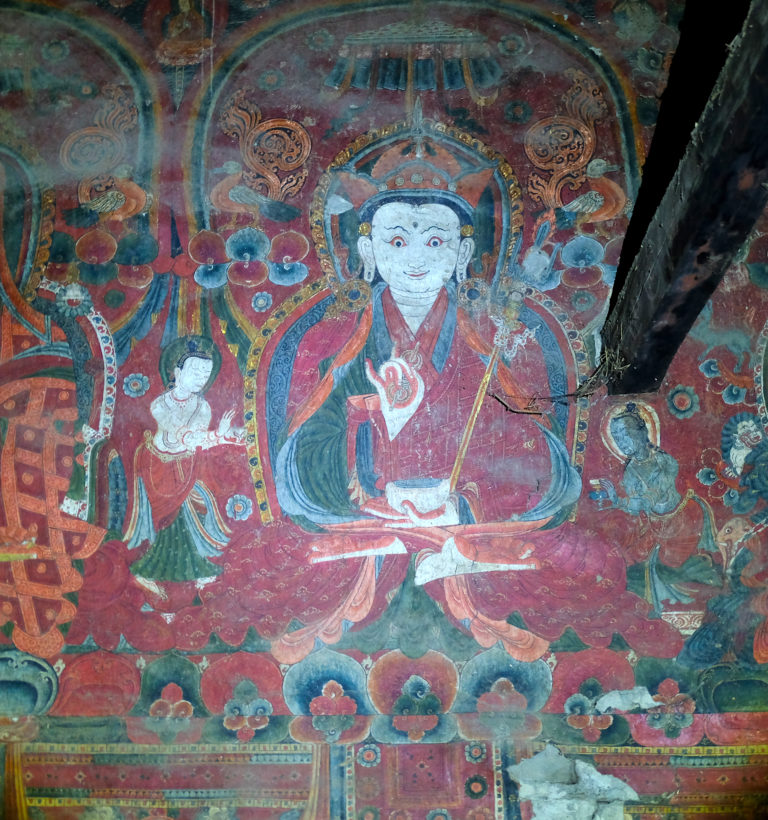Conference by Jean-Baptiste Georges-Picot, EPHE.
In 2004, Andreas Gruschke introduced his review of Tibetan marginal sites by noting that the history and heritage of Eastern Tibet (Kham) remained little studied. A turning point seemed to begin in the early 2000s. Until 2008, the efforts of local scholars were combined with the action of Western NGOs and the renewed interest of Chinese research. Several sites, hitherto little known, were thus brought to light. Among them, seven chapels in the Dartsedo (Kangding) region. With paintings dating back to the 15th-16th centuries, they form a corpus whose richness and coherence are exceptional.Subjects of a first work published in China in 2012, they are among the rare sites in the region to have been the subject of a monography. Most of the other surviving paintings in the region, despite their small number and often alarming condition, have, until now, been minimally published without in-depth study. Thus, if the history of Kham has given rise to numerous works since Gruschke’s assertion, it remains largely valid with regard to the study of its painted heritage.
Our presentation will focus on the seven chapels mentioned. Completing the 2012 Chinese study, it will offer a general introduction. In the introduction, a brief inventory of knowledge of the painted heritage surviving in Kham will demonstrate their exceptional character. We will, then, endeavor to present the main characteristics of these chapels. To the remarks on the content and the style of these paintings will be added some elements on their situation within the domestic space (in houses or family chapels). The conclusion will provide some clues for the interpretation of their iconography.

